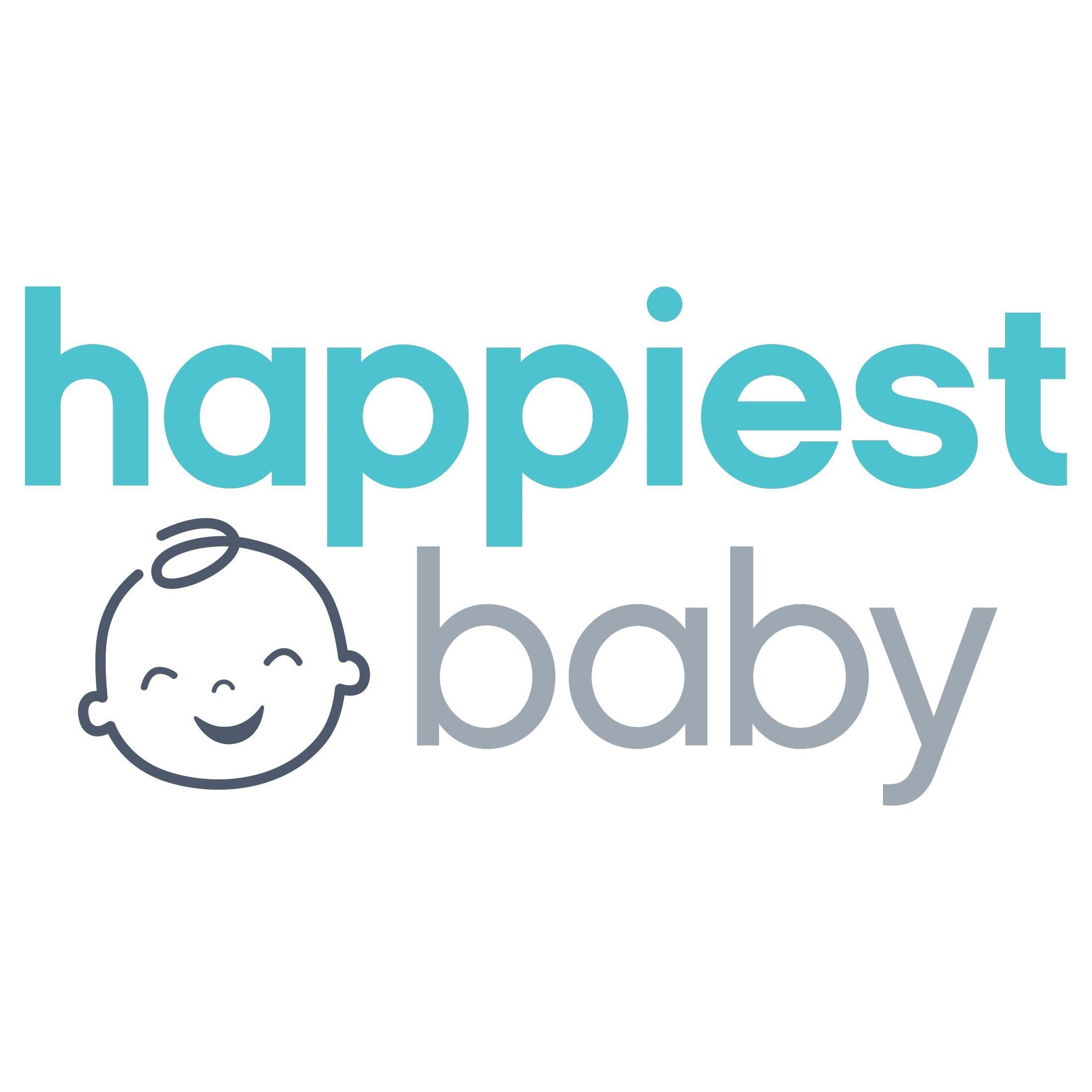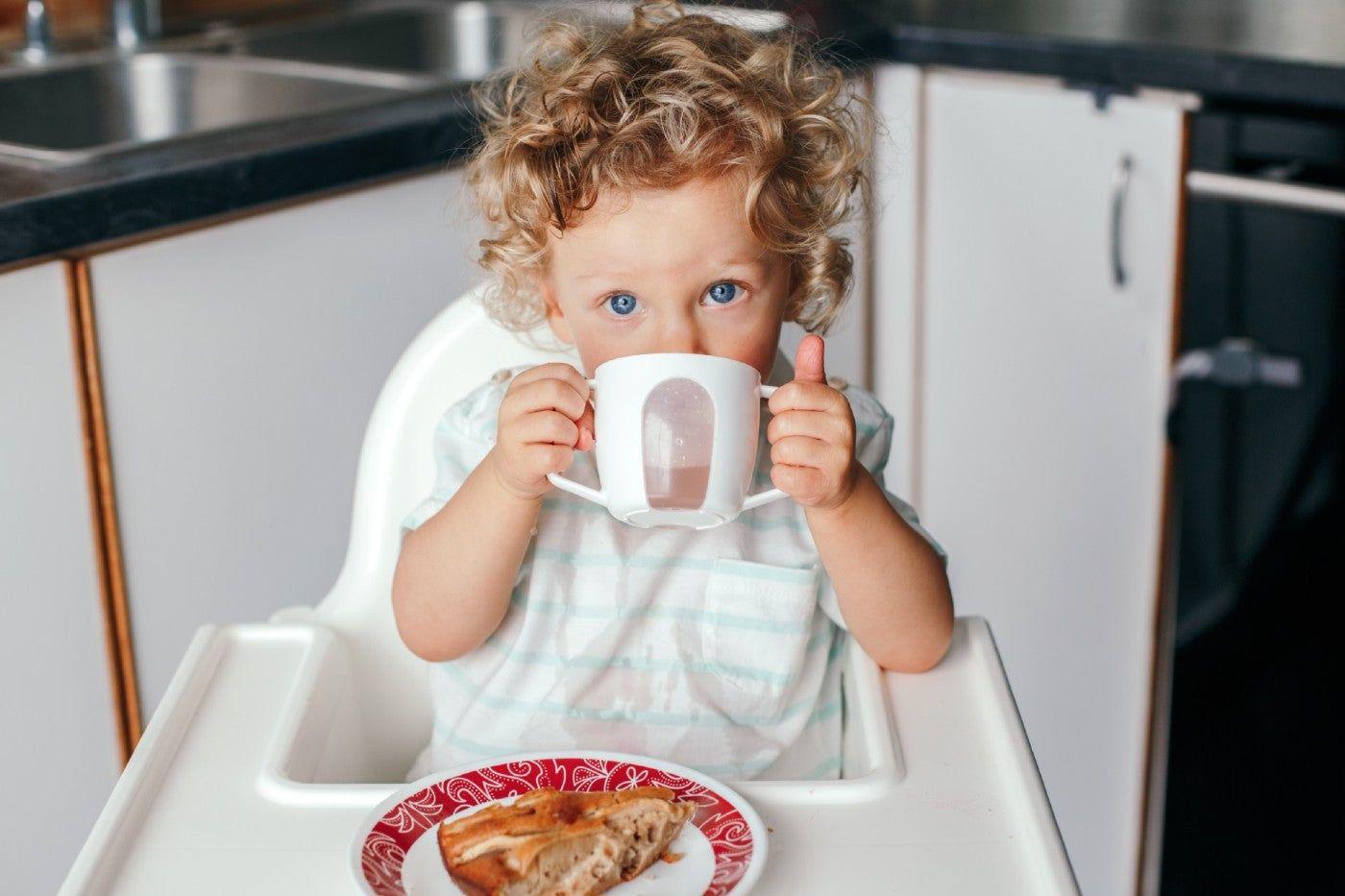BABY
How to Introduce Your Baby to a Cup
Kicking the bottle is yet another step closer to your baby reaching 'big kid' status.

Written by
Happiest Baby Staff

SHARE THIS ARTICLE
PARENT PICKS
Bestsellers
BABY

Written by
Happiest Baby Staff

SHARE THIS ARTICLE
Bestsellers
Kicking the bottle is yet another step closer to your baby reaching 'big child' status. Exciting! But when your little one has only ever known the bottle (or breast), graduating to a cup might seem like an impossible task. Fear not! The transition from bottle to cup is easier than you think…and can even be fun. More than that, it is an important steppingstone.
Prolonged bottle use can lead to tooth decay. Both breastmilk and formula contain a type of sugar called lactose. The sucking involved with bottle-feeding makes it so that the sugar hangs out and get stuck on growing teeth and gums, which can spur decay. By switching to a sippy or open cup, your baby will rely less on sucking and reduce their risk of damaging healthy teeth.
If your toddler can sit up unassisted, they are ready to give it a go! That generally occurs between 6 and 9 months. At this age, babies have strong neck muscles and can move their heads and arms independently, which are clear signs that they are prepared to start learning. No matter which month you decide to start, most babies can start drinking from a sippy cup as young as 6 months old.
It is up to you if you would like to start with a sippy cup, a beaker, or an open cup. However, most UK Health organisations recommend that as soon as your child is ready, you should move them from a lidded beaker to an open cup. Here is a little cheat sheet to help you decide how to begin:
Baby’s cup should only be filled with breastmilk or formula when swapping for a bottle...and water at mealtimes once baby is eating solids. (From 6 to 9 months, a few sips of water are just fine; from 9 to 12 months, a few ounces a day are A-okay.) Do not introduce cow’s milk until after your sweet nugget’s first birthday. From 12 to 24 months, children should consume 16 to 24 ounces (two to three 8-ounce cups) of milk daily…from a cup!
You can expect some resistance when first introducing a cup. Change can be scary to anyone…especially little children! If your baby refuses a cup at midday—or only drinks a smidge—do not panic. Babies will drink if they need it. A healthy child will not make themselves dehydrated just to protest the change in feeding. For babies who are struggling with the transition, consider watering down the milk in their bottle and saving the undiluted—and more desirable version—for the cup.
With repeat offerings and exposure, your child will likely come around rather quickly and give up the bottle for good.
Disclaimer: The information on our site is NOT medical advice for any specific person or condition. It is only meant as general information. If you have any medical questions and concerns about your child or yourself, please contact your health provider. Breastmilk is the best source of nutrition for babies. It is important that, in preparation for and during breastfeeding, mothers eat a healthy, balanced diet. Combined breast- and bottle-feeding in the first weeks of life may reduce the supply of a mother's breastmilk and reversing the decision not to breastfeed is difficult. If you do decide to use infant formula, you should follow instructions carefully.